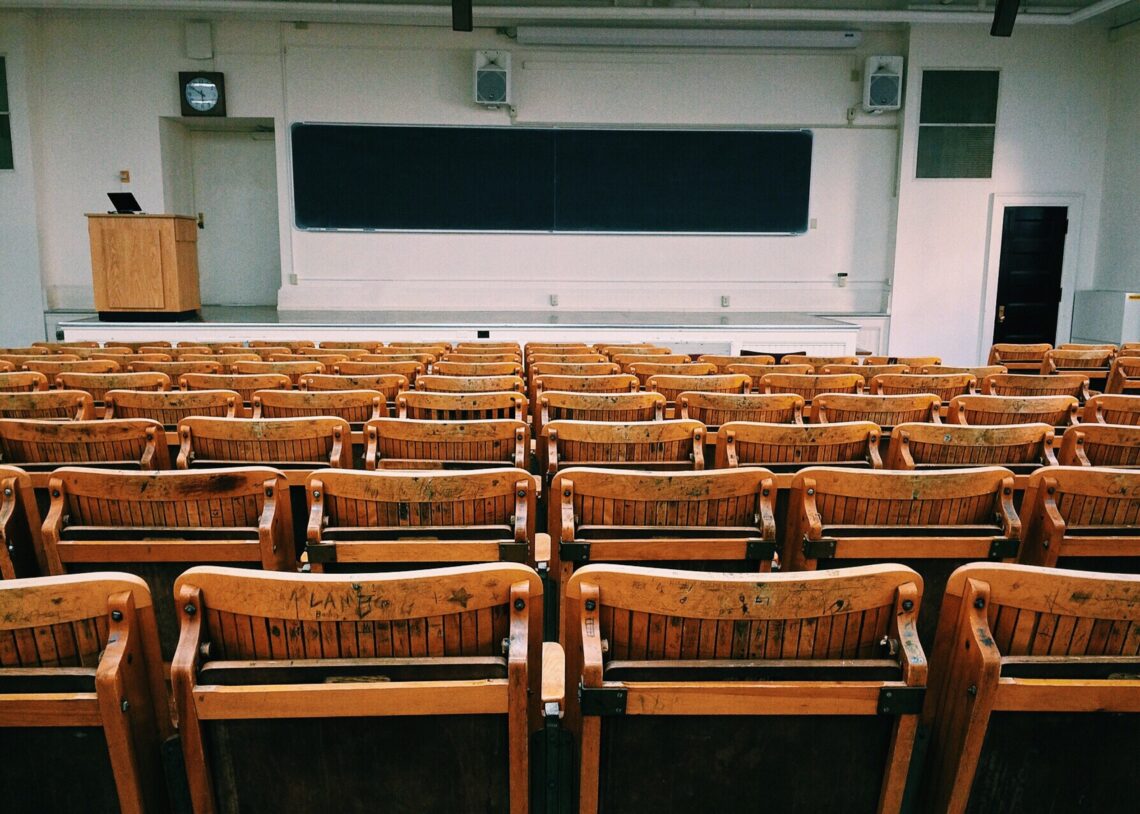
Which way to class?
During the pandemic, learning has become a juggling act. Ontario high school students have had to go back and forth between learning in a classroom with masks on and learning through a computer screen at home.
Both students and teachers have had to roll with the punches with new government regulations. After a restful summer, high school students have many questions about what their learning is going to look like come September.
For the Fall 2021 semester, the Ontario government announced a hybrid learning plan across the province in elementary and high schools. With the hybrid model, a student’s educational journey will be in their own hands.
A York Region District School Board (YRDSB) high school teacher, who spoke on the condition of anonymity, says that the hybrid learning plan consists of students choosing between virtual learning or in-person learning.
“The ministry has told us that we have to offer some kind of online learning,” she says.
However, the virtual learning method will not be the same model as last year. The teachers will have to log on, set up the camera and the students learning from home will learn live with the class through their device. Students learning in-person will attend class physically.
“You have to teach both simultaneously from the classroom, that’s what hybrid means,” says the YRDSB teacher.
Virtual learning can be a push in the right direction for students looking to improve their time management skills. Kristin Chan, a high school tutor for the Ontario Learning Development Foundation, says that since virtual students will be learning live, it gets them back into a routine of attending class each day.
Ana Kent, a 2021 high school graduate from Central Toronto Academy, says that learning virtually, “reflected more of a post-secondary situation in terms of having to take care of your own stuff without a teacher looking at you and watching what you’re doing.”
Last year, Kent got comfortable catching up on her pre-recorded classes on her own schedule. But now students will have to say goodbye to the asynchronous format and will have to wake up at the same time as other students.
However, some students should steer clear of virtual learning. For example, those that live in chaotic households.
Virtual learning can also hinder communication between the educator and the student. “With math especially, you have to answer questions to calculations so it’s harder to communicate and try to solve something online if they don’t have the resources,” says Chan, who tutors in math and science.
The protocol for in-person learning is unclear. Foreseeable regulations still include masks and social distancing, but the YRDSB teacher is optimistic about the measures in high schools. “So many of our students have had their first vaccination,” she says.
The safety measures in her classroom last semester made her feel safe, but it changed the dynamic of group work. This semester, safety measures may allow students to re-establish relationships.
Students who enjoy subjects like gym and second language courses should consider in-person learning since those classes will be more interactive, says Chan. “[Students] get to communicate with their teachers and other students which is always nice.”
Additionally, face-to-face communication helps when seeking clarification on projects and assignments. If a student has a question, a teacher can attend to them more quickly than they would with students using the hand raising tool over Zoom. Also, students wouldn’t have to worry about purchasing laptops and instead can go back to using traditional notebooks and pencils.
On the flip side, if a student has gotten used to learning virtually, returning to in-person could pose its own challenges. “Going back to school would be a different change and it might be harder to communicate and work with groups,” Chan says. A student who has developed social anxiety due to the pandemic may want to consider how that will affect them if they choose in-person learning.
“The one thing that I keep on thinking about is testing and how well kids are gonna test,” says Kent. She points out that for those who are going into grade 11, they only had the pressure of completing tests in-person for the first half of grade nine. Students considering in-person learning will need to acknowledge the added stress in-person examinations bring.
Mastering the art of multitasking weighs heavy on educators’ shoulders. “Teachers will do whatever it takes to make it work. When they tell us to pivot, we’ll pivot,” says the YRDSB teacher.
Educators are there to support whichever learning method a student chooses and to make the transition into the “new normal” of education smoother. Although choosing a method can be daunting, every person in the school system will be going through it together.
About the author
Grace Nelson-Gunness is a reporter for Youth Mind. She enjoys watching Criminal Minds or reading a suspenseful horror-thriller novel while drinking a vanilla latte.







